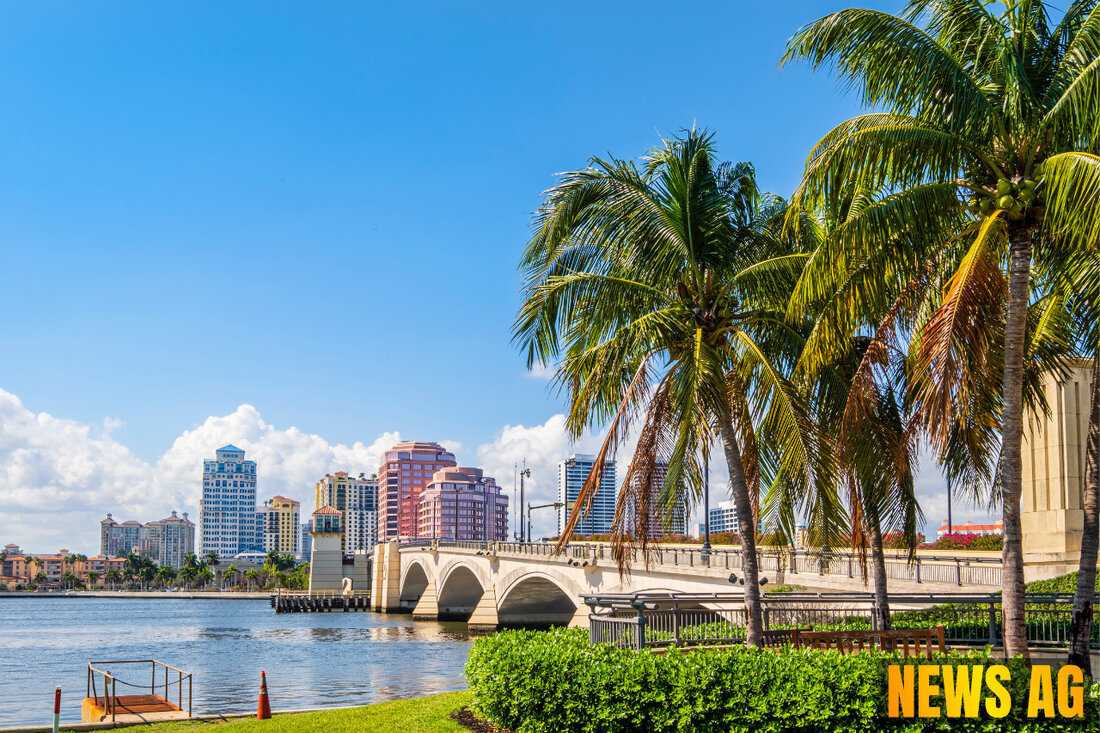Saharan Dust Blankets South Florida: Health Warnings for Residents
South Miami faces health risks as Saharan dust reduces air quality; experts urge residents to stay indoors this weekend.

Saharan Dust Blankets South Florida: Health Warnings for Residents
South Florida is facing a haze-filled day as Saharan dust sweeps across the region, casting a layer of fine particles that raises health concerns for residents. According to WSVN, experts are urging locals to limit outdoor activities amid the dust cloud looming over downtown Miami. This phenomenon, while not new to the area, is a reminder of the ongoing impacts of climate patterns and seasonal changes.
Cassandra Gaston, an Assistant Professor at the University of Miami, reminded us that we have seen similar events with notable intensity, such as the 2020 „Godzilla dust event,“ which brought significant levels of particulate matter resulting in widespread health warnings. The American Lung Association stresses the danger these minuscule particles pose, particularly to individuals with pre-existing conditions like asthma and COPD.
Health Risks and Precautions
The Saharan dust storm is not just an atmospheric curiosity; it can lead to real health impacts. Respiratory symptoms can arise even in individuals without chronic conditions. The Centers for Disease Control and Prevention (CDC) is advising residents to stay indoors during this period of heightened dust concentrations. Furthermore, outdoor workers are being recommended to wear face masks for added protection. Pets also shouldn’t be left outside, as they can experience similar respiratory distress.
Research from the National Science Foundation emphasizes the global implications of dust storms originating from the Sahara. While attributing specific dust particles to their point of origin is tricky due to atmospheric mixing, it’s estimated that North Africa contributes a staggering 60% of global atmospheric dust. This dust travels thousands of kilometers, impacting air quality across various continents, including North America and parts of Europe.
Environmental Impact
Beyond respiratory issues, the composition of Saharan dust includes minerals such as quartz and feldspar, which, while they can contribute nutrients to certain ecosystems, also spike particulate matter levels dangerously high. A comprehensive study published in the National Center for Biotechnology Information highlights how these dust storms not only transport minerals but also aggravate existing health crises. The study found that increased levels of PM2.5 can lead to chronic respiratory issues, highlighting the importance of monitoring air quality and issuing timely health alerts during these dust events.
This current wave of dust is expected to linger through the weekend, bringing elevated health risks. Scientists recommend strategies like closing windows and using air purifiers to manage indoor air quality during such occurrences. Community education on the dangers of dust exposure is essential, especially for vulnerable populations including children and the elderly.
As South Florida contends with this dusty intruder, it serves as a stark reminder of the interconnectedness of our environmental and health systems. Awareness and preparedness are key in tackling the challenges posed by Saharan dust storms, reinforcing the need for robust public health strategies that can adapt to these unpredictable events.
